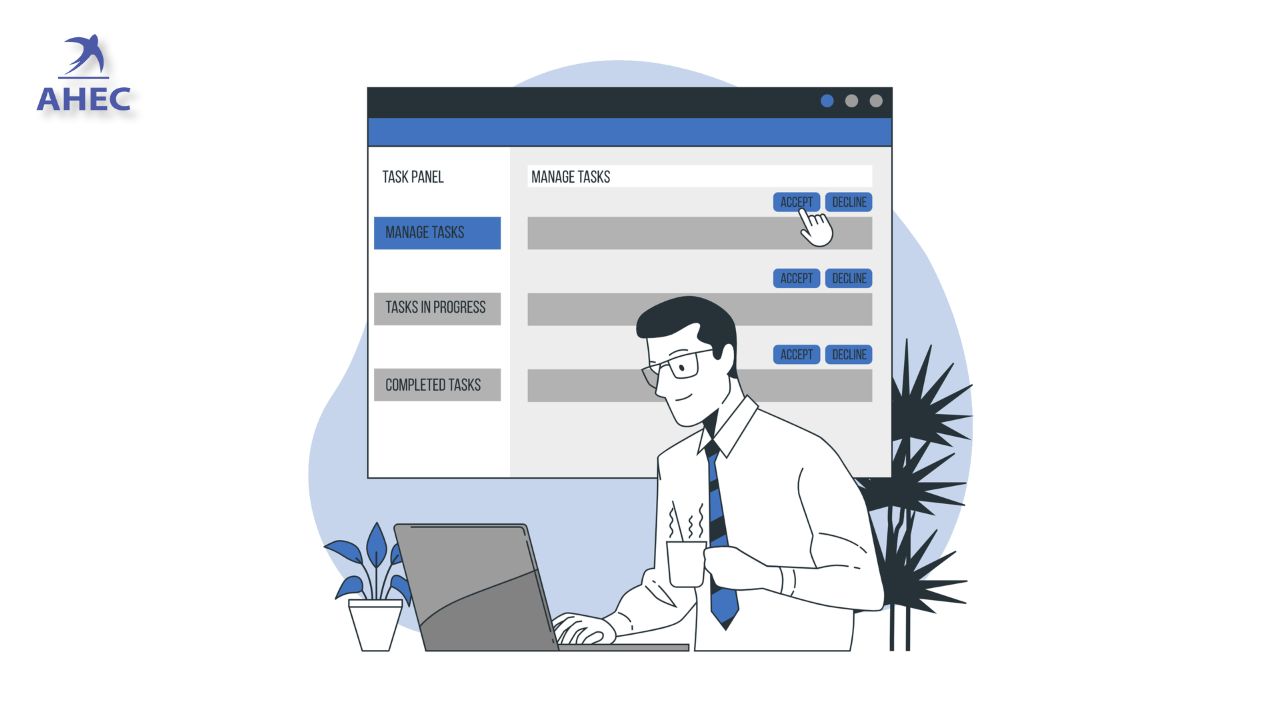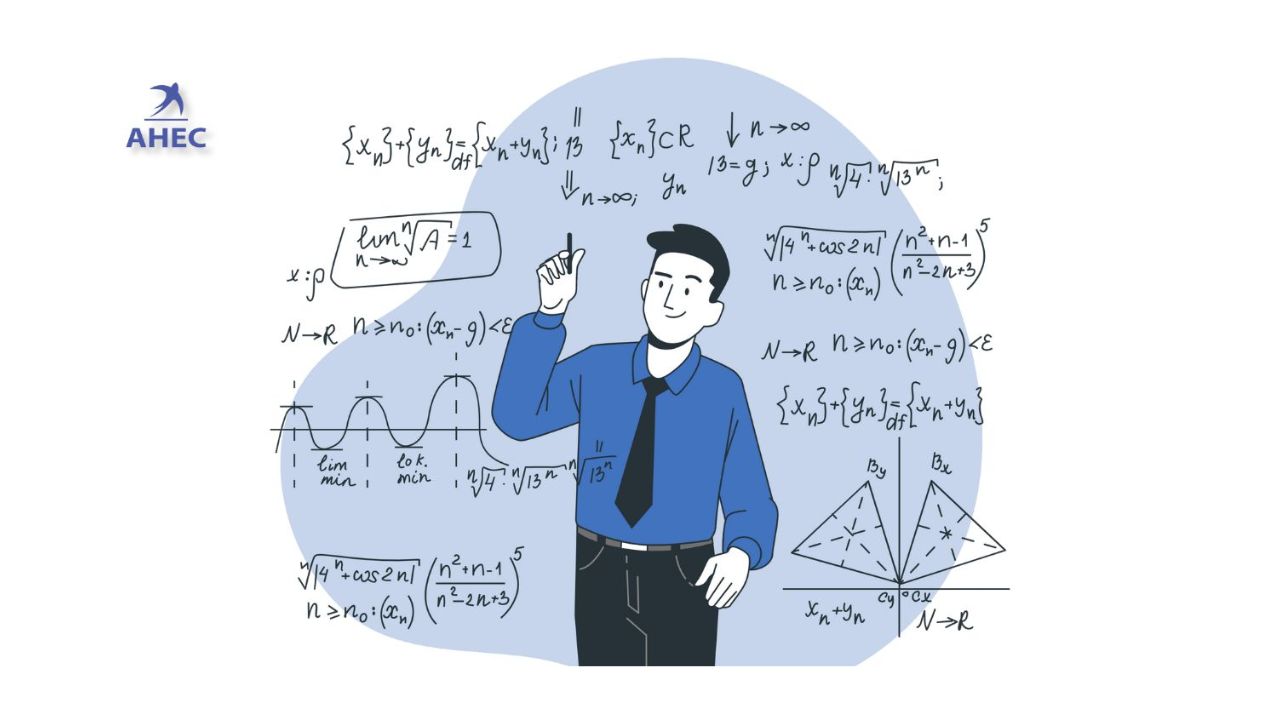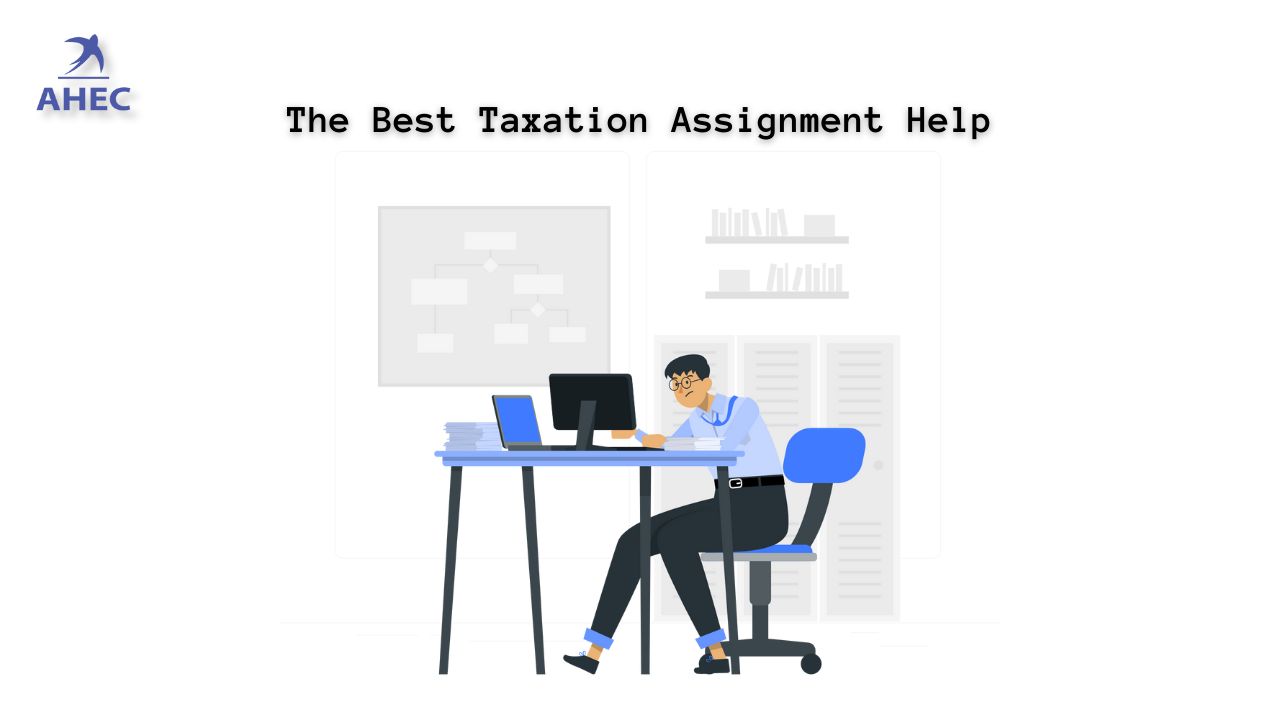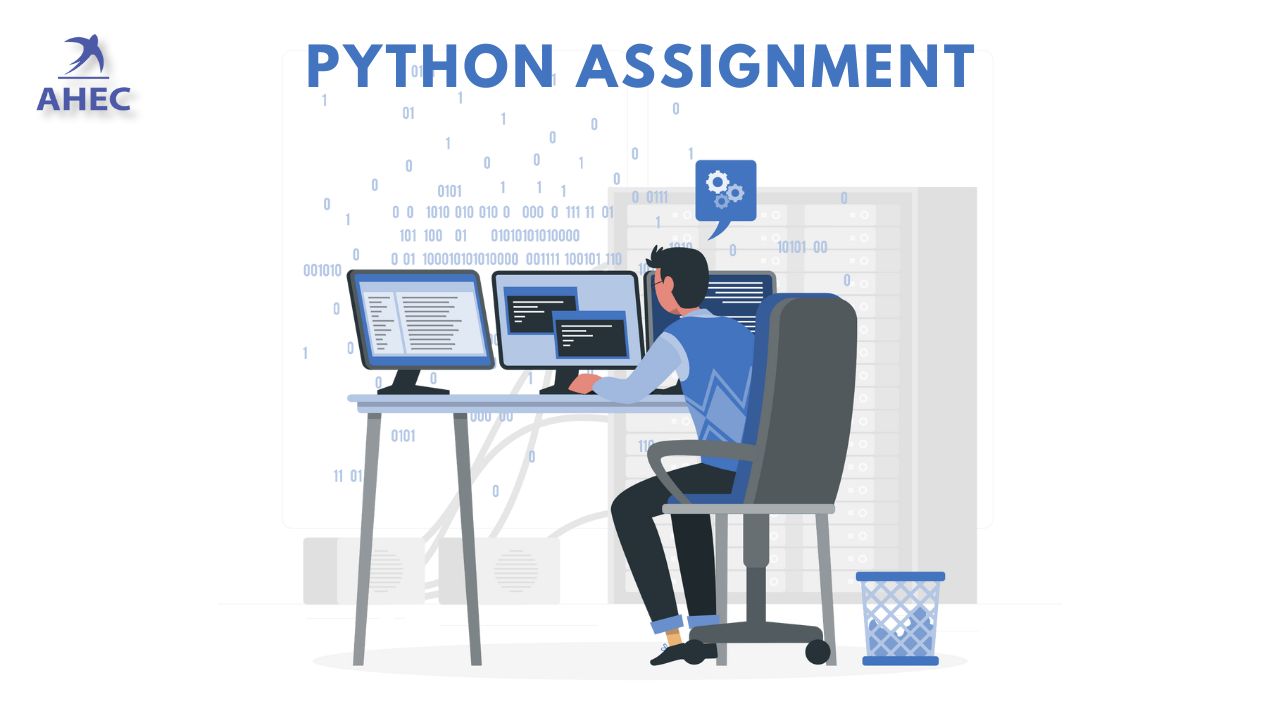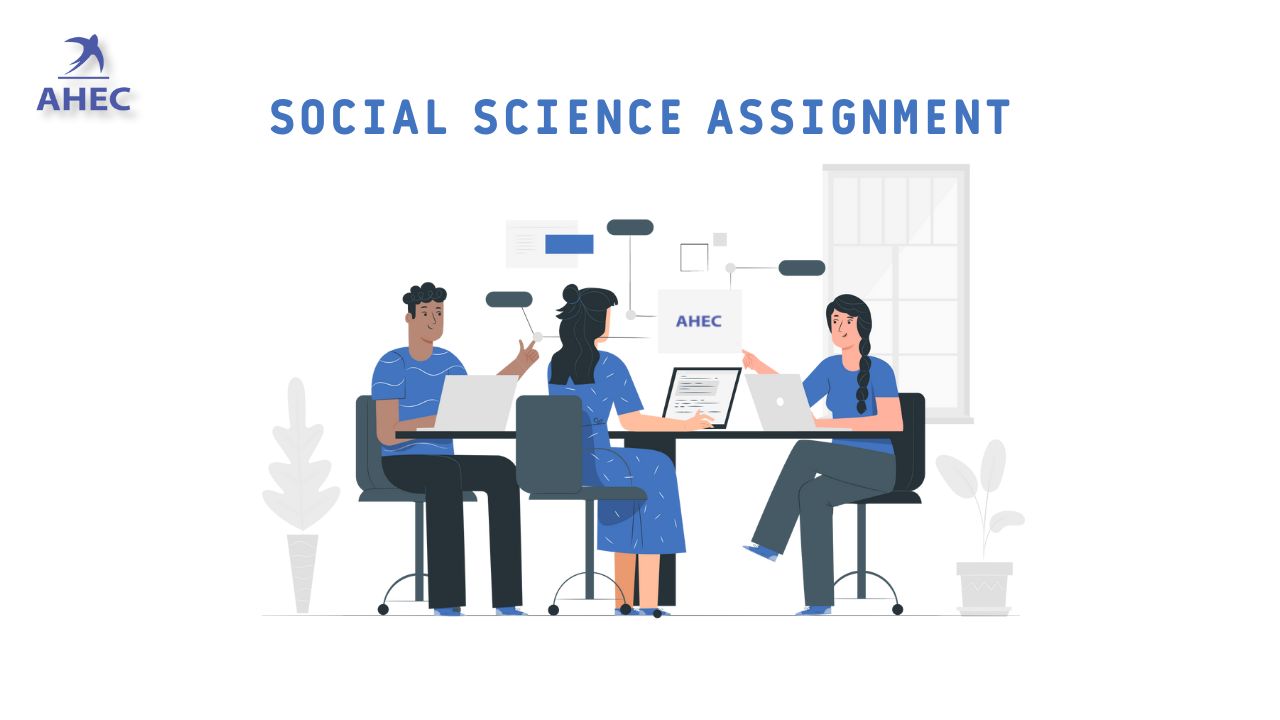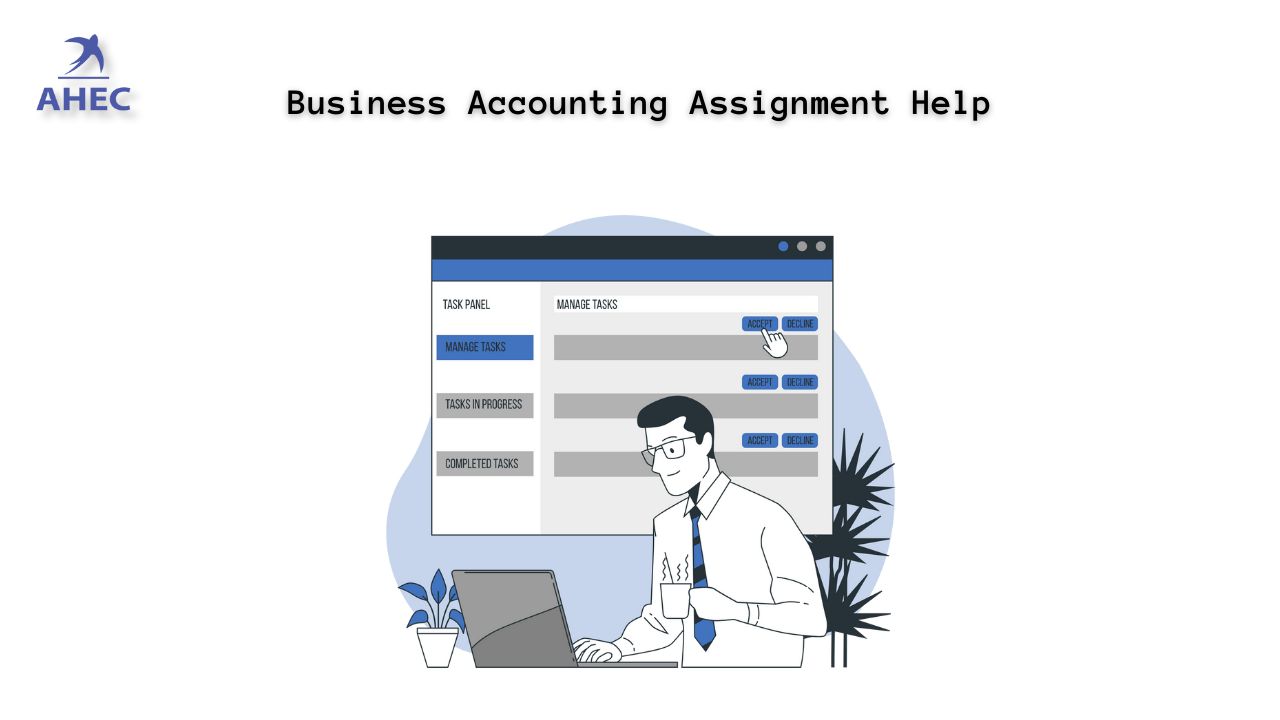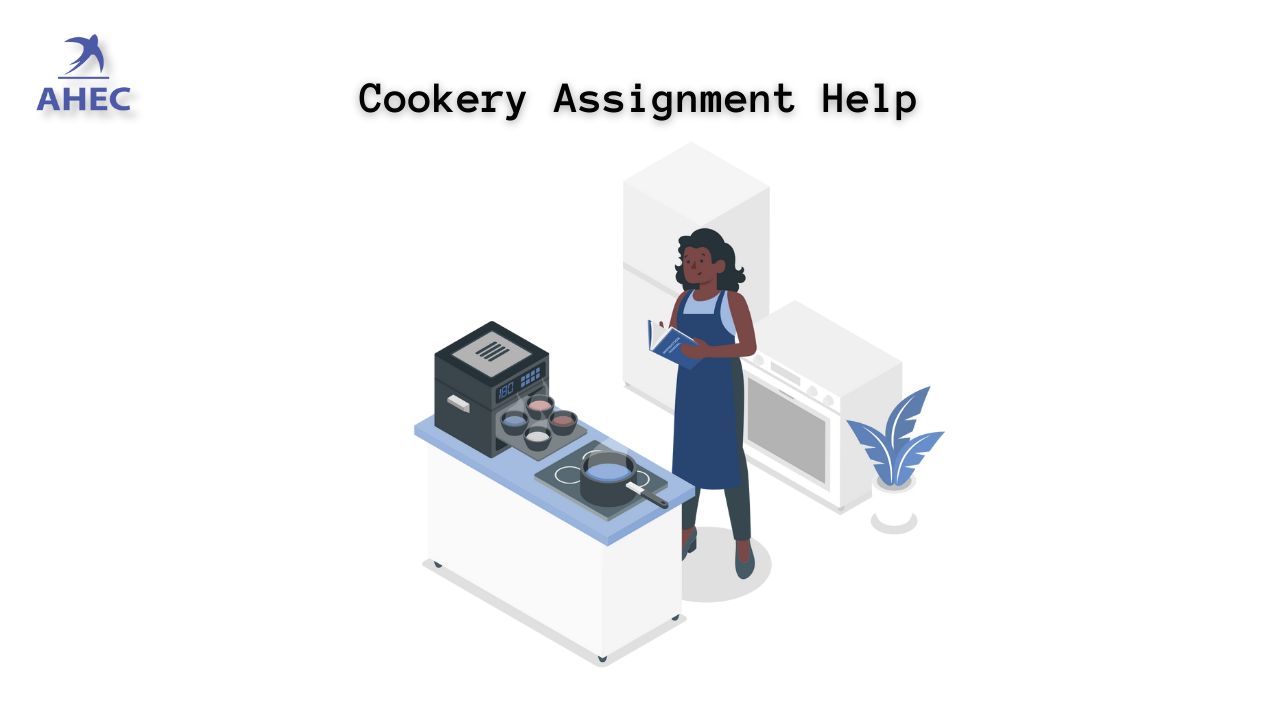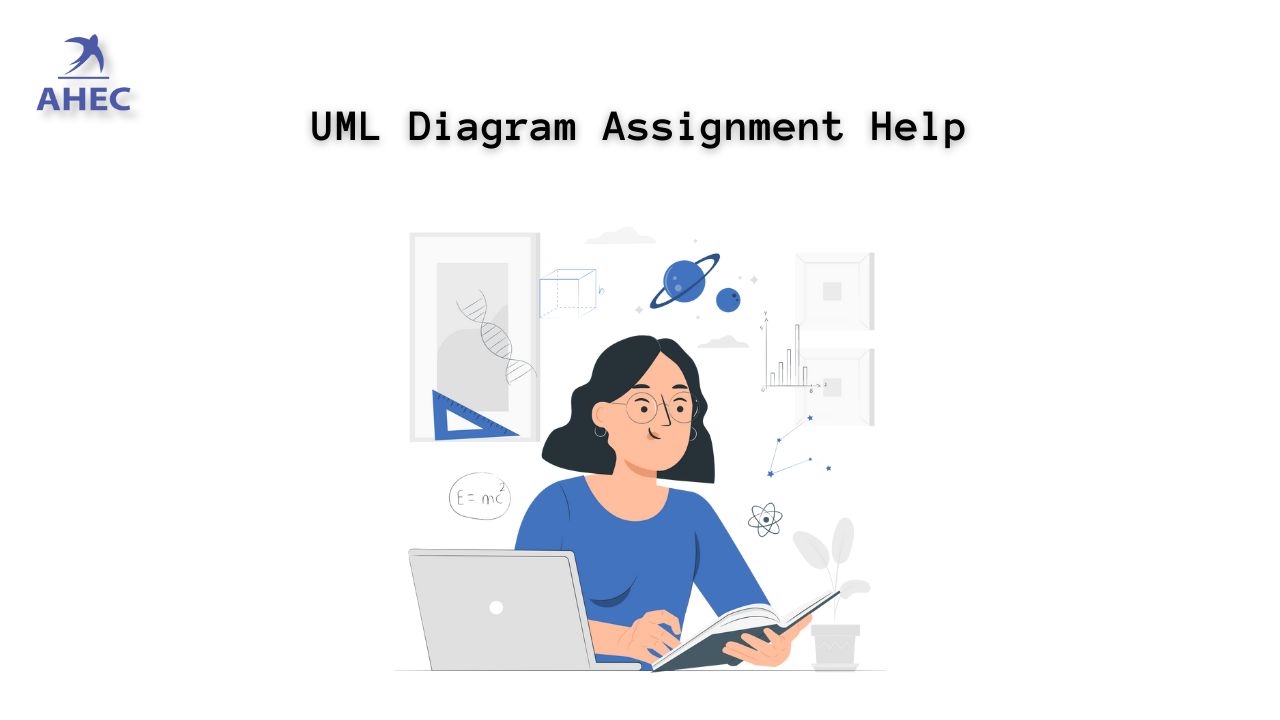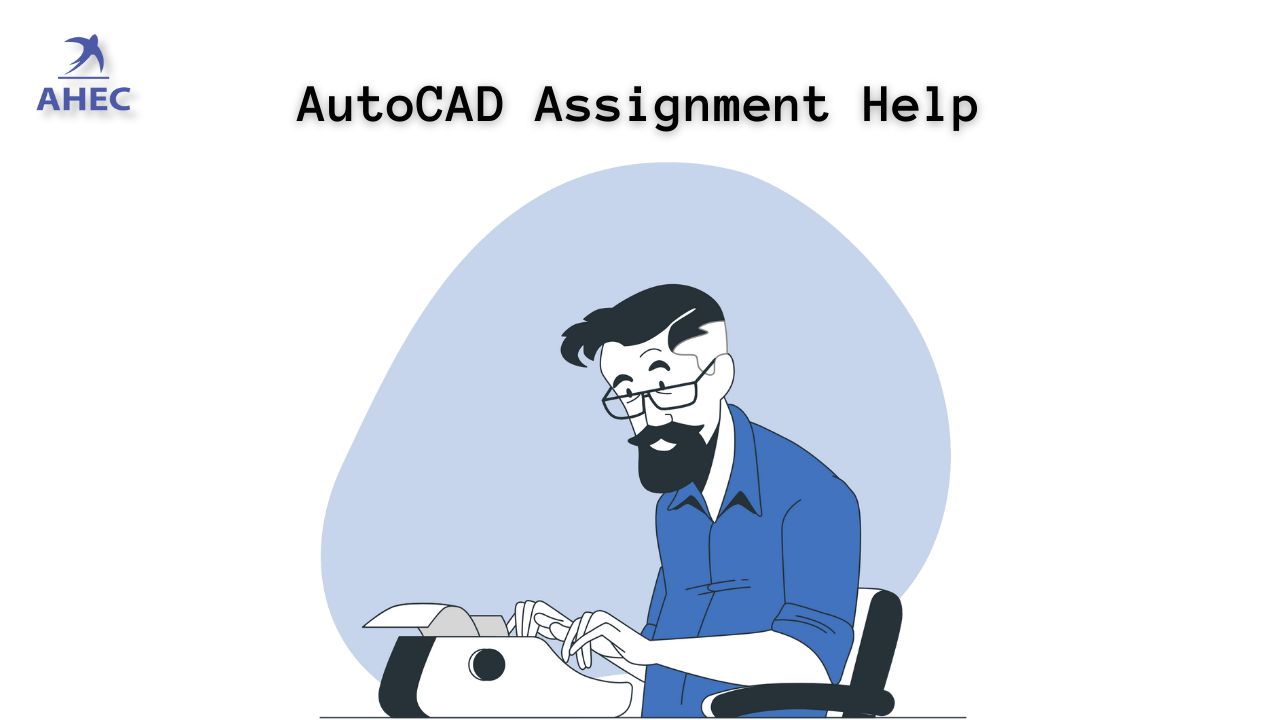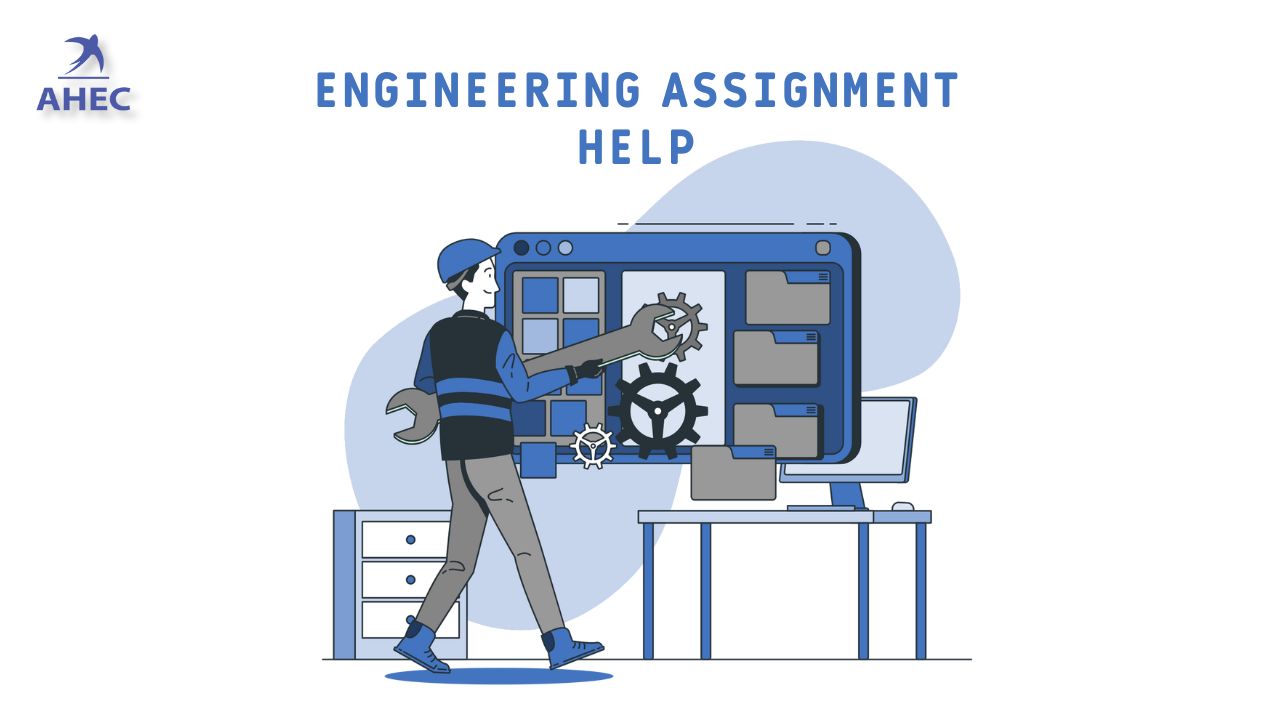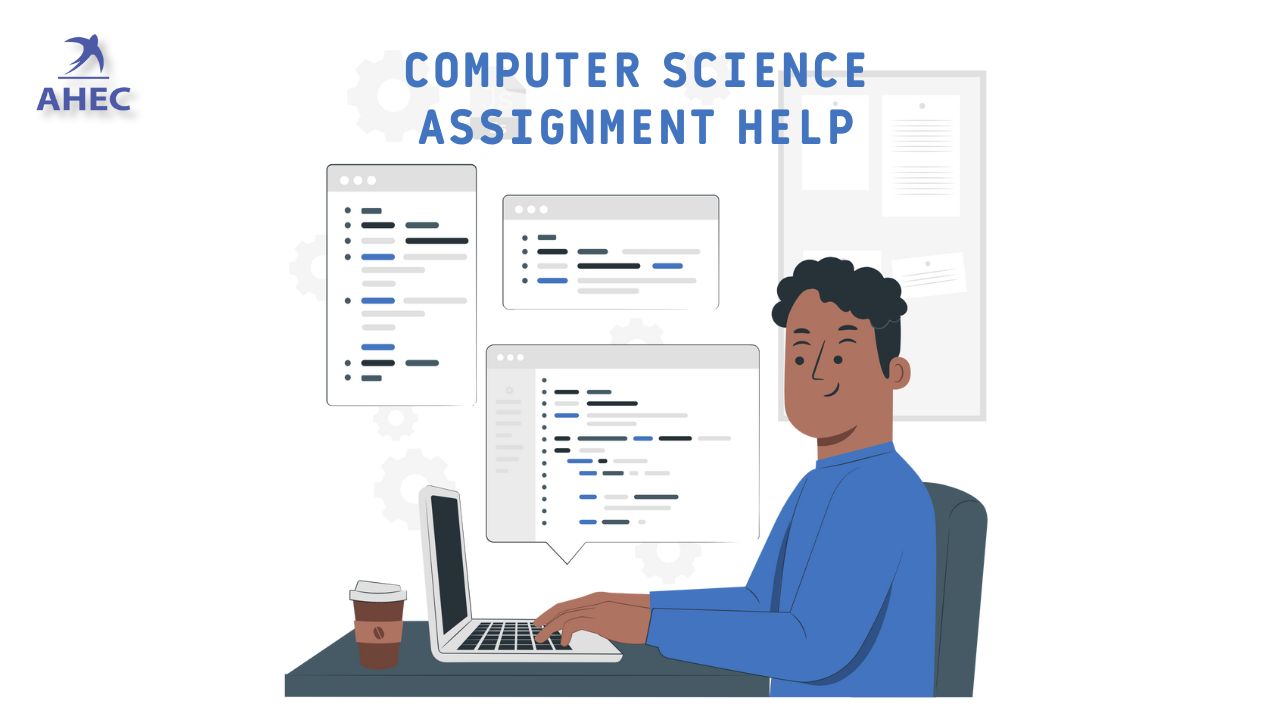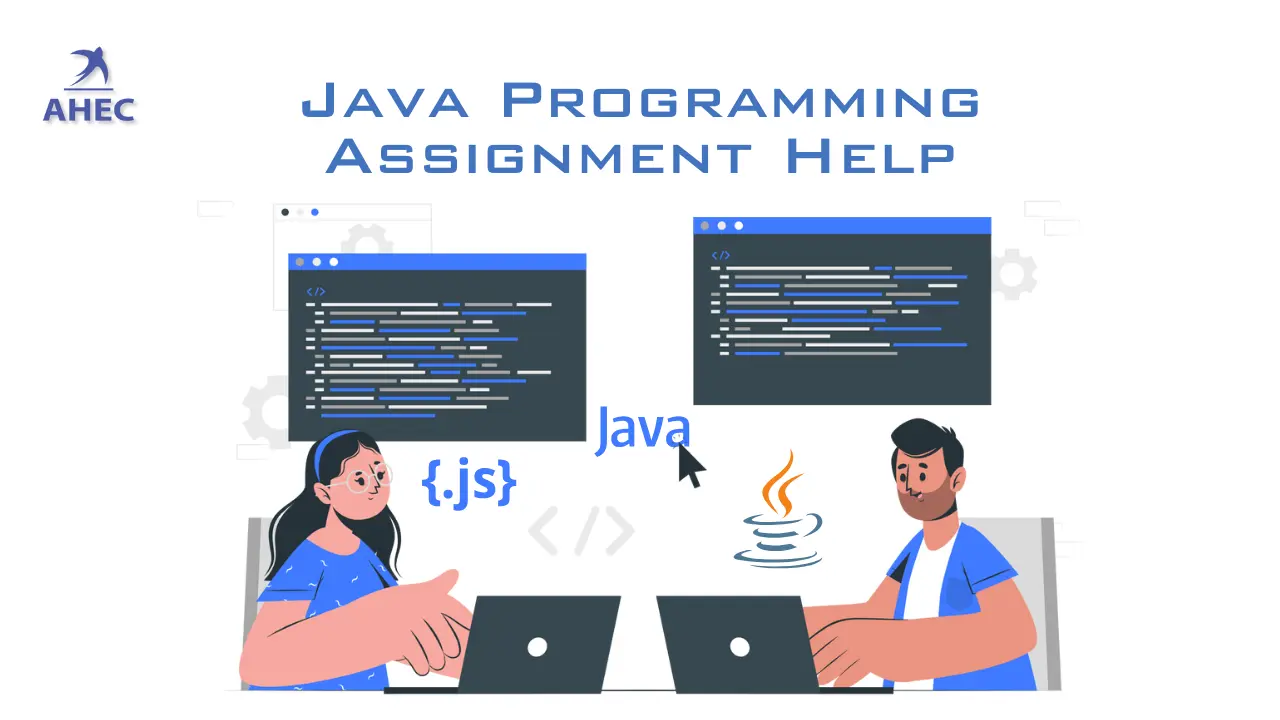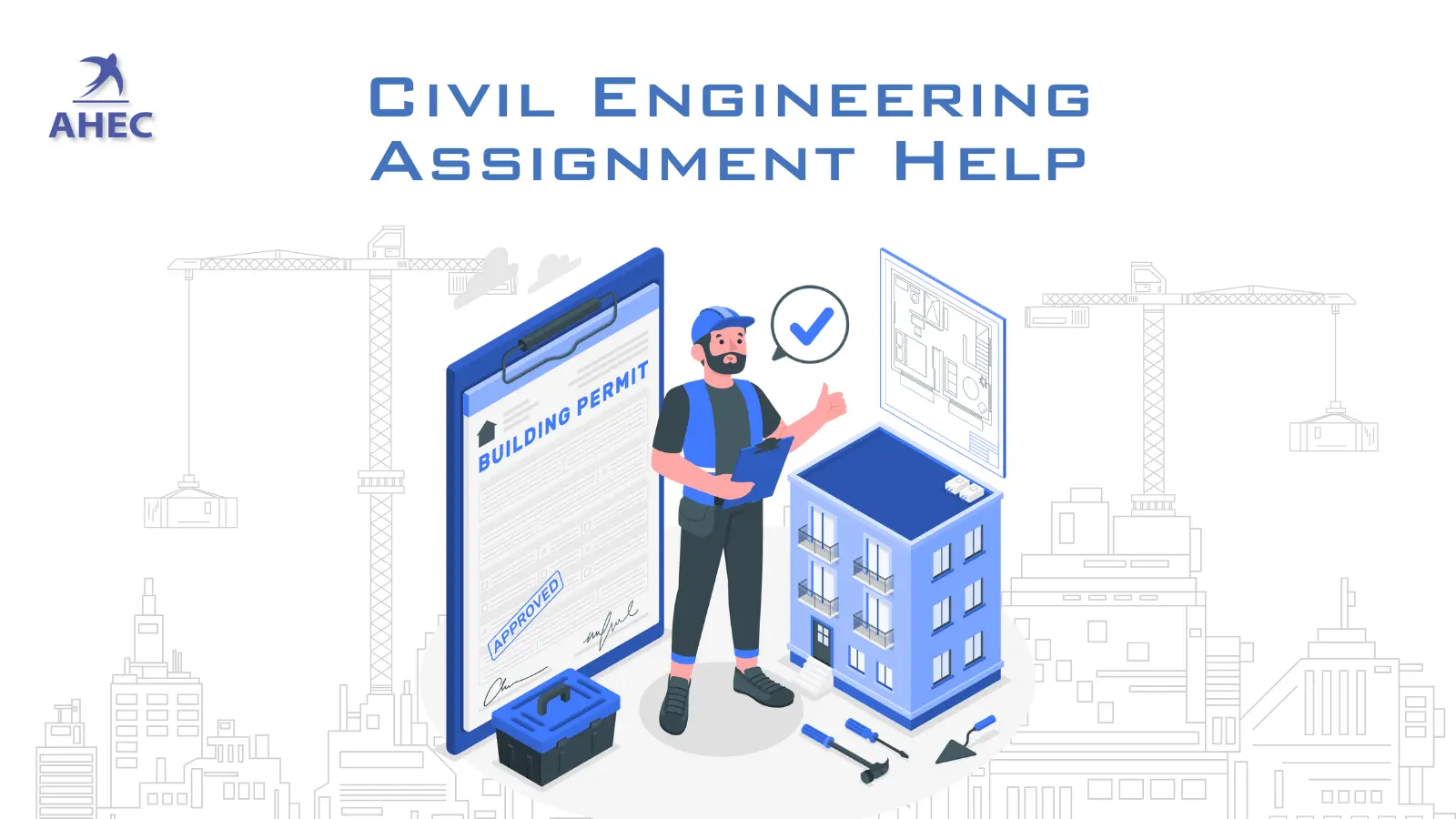Literature reviews are essential for university assignments because they give a full picture of what is known and researched about a topic. They are an essential feature of academic writing, particularly in fields like the humanities, science, and other areas. In addition, the literate review is a method for summarizing, evaluating, and creating the existing body of literature concerning a certain topic or research question. doing a thorough examination and analysis of several pertinent materials, such as academic publications, books, and research papers. This blog will cover many topics, including the purpose of literary reviews, how to craft an excellent literature review, and more. Let's jump right into reading the blog, shall we?
- Literature review
- Types of literature reviews
- Writing strategies
- literature review structure
- Avoid these mistakes
- Editing the literature review
What is a Literature review
As is common knowledge, a literature review is a form of critical analysis of previously published academic research and articles on a particular subject area. And in the process of academic assignment writing, it is of the utmost importance to be aware of how to compose a literature review, and students should strive for intellectual maturity in order to be able to compose an effective literature review. It is common knowledge that the objective of writing a literature review is to present the reader with information and research that is associated with a specific topic. And although we are aware that there are many other types of writing involved in assignment writing, we also know that the literature review is very different from the other types of writing because it recaps the previous research rather than presenting the conclusions of the original study. The purpose of a literature review is to provide an overview of the current level of knowledge on a subject, making it an invaluable resource for researchers and scholars. As well as comprehending what I mean by this, clarify the subject matter for the reader.
Types of literature reviews
When it comes to academic writing, there are several different types of literature reviews that can be employed depending on the goals and objectives of the research being conducted. The following is a list of some of the more prevalent types of literature reviews.
- Narrative literature review
- Systematic literature review
- Scoping review
- Critical review
Narrative literature review
This particular kind of literature review includes critiques as well as summaries. The review also includes some conclusions concerning the particular subject matter that has been discussed during the entire assignment. In addition to this, it provides a comprehensive understanding of the topic by compiling the data, arguments, and theories presented from a variety of sources.
Systematic literature review
A systematic literature review uses a methodical, structured process to assess and analyze the relevant literature. There are set criteria for selecting studies, and a specific methodology is used to search the literature. The primary goal of this form of literature review is to give an unbiased evaluation of the evidence currently available.
Scoping review
A scoping review seeks to map and summarise the available literature on a research question or issue that is the primary deficiency; this is what differentiates it from other types of literature reviews. It gives a broad view of the major topics while also focusing on new or less-explored areas.
Critical review
This type of literature review is the most typical. A critical article review provides an in-depth analysis of the strengths and weaknesses of previously published literature. It does more than only summarize and analyze the arguments made in the reviewed research.
Writing strategies
There are a number of strategies you may use to improve the effectiveness of your literature review while writing for academic purposes. To help you organize and present your literature review, we have included a few crucial tips below.
- Define the scope
- Select sources
- Organize the literature
- Analyzing your work critically
Define the scope
It is necessary for you to either clarify or define the scope and boundaries of your literature review. Determine the specific research question or objective you want to address and identify the relevant source, such as the precise topics you want to focus on. Therefore, it is essential that you make certain that you establish the scope.
Select sources
To compose a flawless literature review, this is a crucial step. Moreover, you must assess the credibility and reliability of the information you uncover. Consider things like the author's authority and how you came upon the sources you used. Look through academic journals, books, and databases to find relevant prior literature. choose references that add depth and meaning to your understanding of the research questions at hand.
Organize the literature
Get the literature in order and your thoughts in order to write a fantastic literature review. create an organized strategy for presenting the literature. The ideas aren't too novel to you. Think about the best manner to explain your ideas and arguments so that your audience can grasp the existing body of knowledge on the subject with ease.
Analyzing your work critically
evaluate the strengths and weaknesses of the source you have reviewed. and any limitations or gaps in the existing research that your own study can address. critically analyzing the work can make you produce a work of art.
Literature review structure
A well-rounded and polished piece of work relies heavily on the structure and format of the literature review section of the assignment. Here are some tips for organizing and presenting an excellent literature review.
- Introduction to the topic
- Main body
- Critical analysis
- Conclusion
Introduction to the topic
Here you should present your literature review's central idea and offer some context. Explain how this matter is relevant to your field of study.
Main body
This is where your literature review really begins to take shape, and it can have many different components. Each subheading addresses a distinct aspect of your research topic.
Critical analysis
You must be able to critically assess your own work. To make the source useful for your research, you must first critically evaluate its credibility and relevance to your question.
Conclusion
Summarize the most important findings and insights from the literature reviews in the conclusion. Provide the most important insights your analysis has given you. also, make it attractive and simple to read.
Avoid these mistakes
If you're writing a literature review as part of an assignment, it's crucial that you avoid making these mistakes. Here are some typical errors that you should avoid at all costs when writing a literature review.
- Lack-of-focus
- Insufficient research
- Lack of critical analysis
- Lacking in organizing your thoughts and work
- Fail to connect research
- Poor referencing and citation
Lack-of-focus
It's best to keep clear of broad or confusing research questions that could force an unnecessary literature search. Focusing on a single subject or field of study will help your review stand out from the crowd. This aids in keeping the literature evaluation consistent and logical.
Insufficient research
Do not slack off and do a quick literature search. academic sources such as journals, books, and trustworthy databases should be thoroughly researched and reviewed. Include a wide range of references to ensure readers have a thorough grasp of the subject.
Lack of critical analysis
A literature review is more than just a summary of the sources used. Don't waste time listing and describing the studies without providing some sort of analysis. Providing an analytical assessment of the strengths and weaknesses of the studies you analyzed.
Lacking in organizing your thoughts and work
Both the source and the literature review require you to organize your thoughts beforehand. as well as avoid an overly organized presentation of the literature. The structure of the literature review should be planned in advance. provide a continuous progression of thought and argument by providing precise translation between sections.
Fail to connect research
An assignment's success depends on how well the literature review serves the student's research topic or goals. The literature review should not be treated as a separate element. Explain in detail how the reviews' literature has influenced your research and what gaps and areas your work has helped fill.
Poor referencing and citation
You must recognize the significance of properly citing sources and including them in your literature review. Make sure that every source you use in your literature review is correctly cited. Please cite your sources according to the guidelines provided by your professor or university. Plagiarism should be avoided at all costs by properly attributing ideas and information to their original sources.
Editing the literature review
It is essential to revise and proofread your academic literature review in order to guarantee that it is clear and accurate. ad There are a few things you need to bear in mind, and they are listed below. check to see that your literature review conforms to the structure that is logical. in addition, read through each paragraph to check for consistency and relevance. Stay away from sentences that are too long and complicated. double-check that the citations you've included in the text are accurate, and don't forget to check the reference list twice as well. make sure your work doesn't have grammar issues . as well as for the purpose of having your work checked or proofread by a friend or a tutor to ensure its quality. Because they have more experience than you do, they are able to point out your flaws. And then, give yourself some breaks, and then afterward come back and modify and proofread what you've written aloud. And by using these techniques for editing and proofreading, you can improve the overall quality of your academic literature review. This will ensure that your review effectively sums up and analyses the relevant source material while adhering to the clarity and coherence standards that are anticipated in academic writing.
Conclusion
You must now learn everything there is to learn about the literature review, including the format of the literature review, the guidelines to follow, the errors to stay clear of, and the importance of finding the best and most original source possible because it may make or break your entire work. do your best to make it relevant and useful.






























